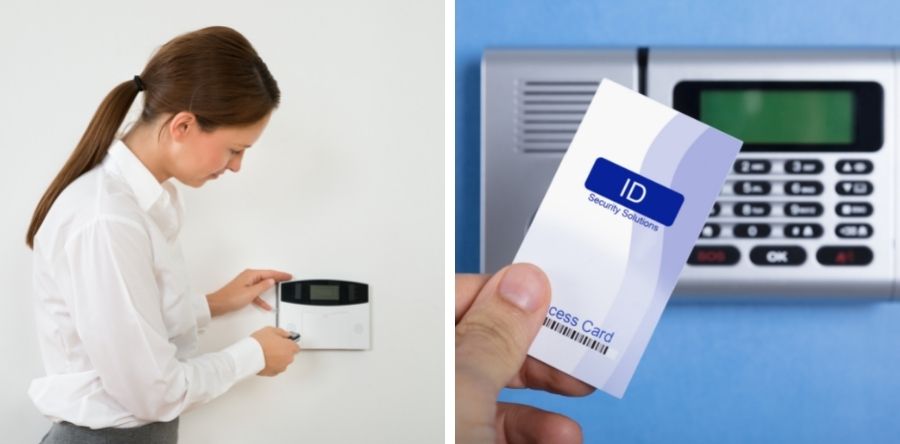Making the Switch: Vendor Transition Guide
Switching fire and security vendors feels risky. Even if your current provider isn't meeting your needs, the thought of transitioning systems and...
 |
Fire protection professionals committed to safeguarding lives, property, and peace of mind. |
 |
Solutions designed for your property type, from multi-family housing to healthcare facilities to retail spaces. |

|
Fire alarm, area of refuge, camera, and card access monitoring services. |
 |
Clear communication and instant response when every second counts. |
 |
From kitchens to server rooms, the right protection for every space. |
 |
Keep your primary defense system ready and reliable. |

|
Manage all your properties' access from one simple platform. |
 |
Monitor multiple properties in real time from anywhere, at any time. |

|
Document upcoming maintenance appointments and improve your proactive budget planning. |
 |
Fire Extinguisher Maintenance Checklist Learn the requirements for testing extinguishers monthly, annually, and beyond. |

|
Track all your inspection deadlines in one place. |
 |
Kitchen Hood Inspection Checklist Ensure your kitchen hoods are safe and compliant. Download a complete list of testing requirements. |

|
Guide to Fire & Security Monitoring Your complete property protection handbook in practical terms. |

|
Running a food truck takes work—this guide gives you the tools to keep it safe and up to code. |
 |
Comprehensive Guide to NFPA 13 and NFPA 25 Fire Sprinkler Systems Navigate sprinkler system requirements with confidence using our straightforward guide to codes and maintenance. |

|
Get your essential compliance guide. |
 |
When reliability matters across 18 restaurants, micromanagement doesn't. |

Modern door access control systems eliminate the ongoing costs and security risks of traditional lock-and-key management by providing instant credential deactivation, detailed audit trails, and centralized control across multiple locations.
Unlike fire safety, access control has no universal standards—meaning administrative oversight is entirely your responsibility.
This article helps you evaluate credential options, understand industry-specific needs, and identify potential vulnerabilities in your access system.
Unlike fire safety, which has clear code requirements and certification standards—access control has no universal codes or requirements. That means administrative oversight and access management are entirely up to you. And if you're managing multiple locations with traditional keys, you already know the challenges: lost keys, unauthorized copies, and no visibility into who's actually accessing your facilities.
Choosing and managing an effective access control system has several factors. This guide will help you evaluate your door access needs, understand available credential options, and identify potential vulnerabilities.
To start, ask yourself:
No matter what your access needs are, an updated plan should include:
Modern door access control systems offer significant advantages over traditional key-and-lock systems:
These capabilities turn door access into a strategic security asset.
Today's door access systems support multiple credential types, often within the same system. Each credential type works with readers installed at your door entry points:
Every industry has different requirements for door access based on the protocols and policies of their risk management:
The one thing that all businesses have in common is that any breach of access can cause vulnerabilities to the people and places being protected by the system. Code, card, and fob access are great, but only as great as the people who use it and administer it.
Access control involves many considerations, and you likely have questions specific to your business. Brothers Fire & Security can help you evaluate your needs, understand your options, and design a solution that fits your operational requirements and budget.
Most access control implementations take 4-6 weeks from planning through installation, so we recommend starting the conversation early.

Switching fire and security vendors feels risky. Even if your current provider isn't meeting your needs, the thought of transitioning systems and...

Your fire alarm shows a trouble signal. Last week's sprinkler inspection never happened, and despite three calls and multiple messages, your vendor...

Winter weather and holiday demands can make managing multi-location security a nightmare. Fall is your best window to upgrade security systems,...